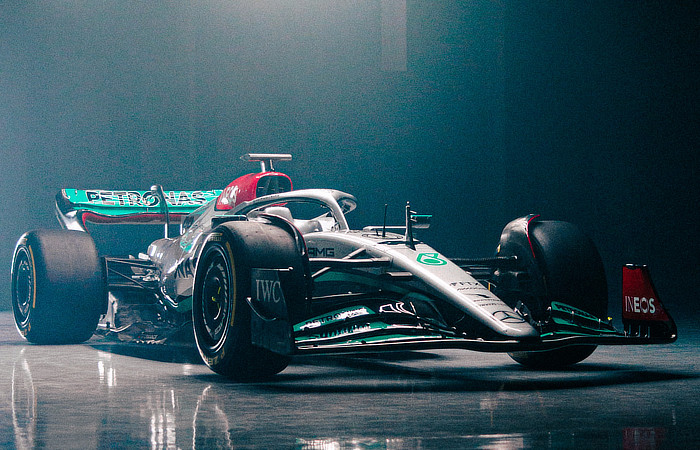[ad_1]
By James Broughton, April 4, 2022
It has been a dramatic almost overnight fall from grace for Mercedes F1 after almost a decade of being at the top. The new aerodynamic regulations for 2022 have seen Mercedes shifting from the first row to the third row on the grid. In addition, it appears the all-singing all-dancing heartbeat that propelled Mercedes to F1 dominance, the V6 turbo hybrid, is now down on power. So, in conclusion, Mercedes entered the 2022 season with more drag and less power. End of article.
The dominance Mercedes has enjoyed over the last decade is unprecedented. But all good things come to end. Mercedes’s 2022 struggles mirror the natural lifecycle of life itself. And in Formula One, the graph of rising and falling from grace is a statistical inevitability.
The main issue Mercedes is facing is porpoising, an aerodynamic anomaly affecting the new ground-effect era cars. It is the inability to control high-speed airflow underneath the car which effectively causes the car to bounce up and down on stalled air.

All teams experienced porpoising during testing. Most have found solutions, notably Red Bull and Ferrari. Mercedes is struggling to fix their porpoising issue and as a result, is not able to fully exploit the potential of their car.
Mercedes have repeatedly stated that they face a period of hard work. No one is under the illusion that Mercedes is a team full of lazy people. Hard work is part of the team’s DNA. However, to find a solution to their porpoising issues they should also be working smarter.
In engineering, often the laziest solution leads to the easiest and quickest outcome. The trouble is that the modern F1 car is highly complex. How do you detune from that complex way of thinking and approach to solving problems? Mercedes do not have a lot of time, and they will be eager to get back to the front sooner than later.
[ad_2]
Source link
